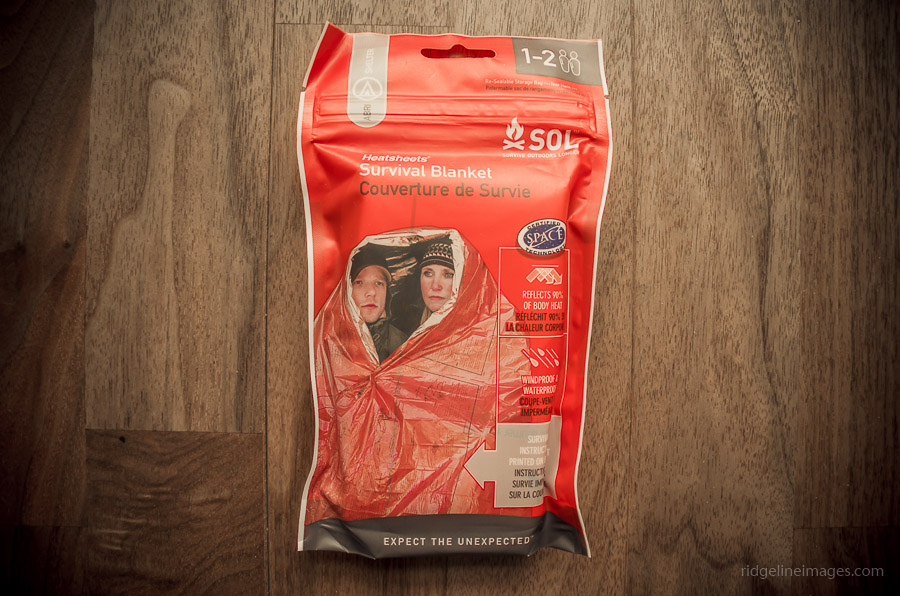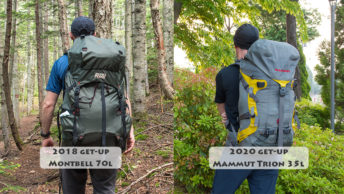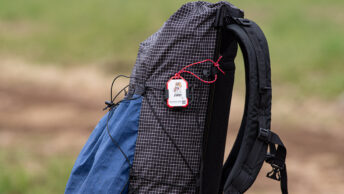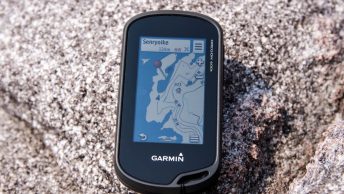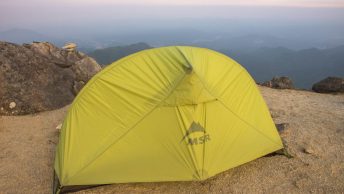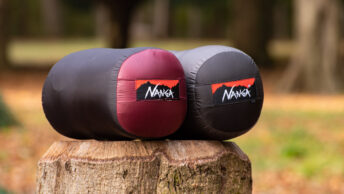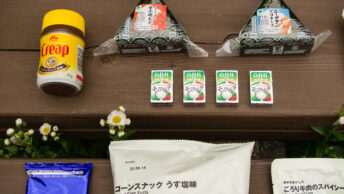Heat reflective emergency blankets, mylar blankets or space blankets have been around for the seemingly decades and were originally developed by NASA in 1964 for the US space program. As a young fella I distinctly remember carrying one around in my scouting days and was captivated by how such a light weight blanket could possibly keep you warm. Due to space considerations or perhaps even complacency many choose not to carry one only to discover that doing so would have probably been a wise decision if not for themselves but potential others in need. Personally these days I find myself carrying along a SOL two person survival blanket which given its negligible weight provides me with some added confidence in the backcountry.
So let’s take a look at the current state of the space blanket market and track down some of worthier outdoor survival shelters out there.
Do Emergency Blankets Work?
In short yes and often very effectively particularly if someone is on the brink of hypothermia. In cold conditions your body to prone to losing heat through evaporative (sweating) and convective heat loss (heat or cold transfer between two objects). To avoid evaporative heat loss it pays not to sweat too much in cold conditions as your temperature will fall rapidly once you stop. You know that feeling on a cold day after working up a bit of a sweat it doesn’t take long to start shivering all over after taking a short rest. Convective heat loss by contrast can be mitigated by wearing layers of clothing like a Gore-Tex shell jacket in cold winds.
In essence what emergency blankets do best is help you to regulate your body temperature. In the case of the SOL blankets the inner reflective material made from vaporized aluminium reflects 70-90 percent of your body heat and instead of it escaping to the environment helps you stay warmer for longer.
A Few Points to Remember in Cold Conditions:
Dress in layers which can be added or removed as needed.
Wear breathable wet weather gear and avoid getting wet if possible.
Recognizing that fatigue and exhaustion can make you more susceptible to hypothermia.
Ensure adequate caloric food intake and avoid alcohol as it causes vasodilation increasing heat loss.
Importantly watch out for yourself and others for signs of early onset hypothermia including but not limited to shivering, slurred speech and confusion.
How to use an Emergency Blanket
Emergency blankets are designed to be not only windproof but also waterproof. If you find yourself wet or damp the best course of action is either to wrap the emergency blanket around yourself or alternatively construct a rudimentary shelter and change out of your wet clothes. In cold weather simply wrap the blanket around yourself during rest stops to avoid the onset of hypothermia symptoms. The reverse is also true in hot weather whereby facing the silver side towards the sun reflects the heat away creating a cooler space on the underside thereby keeping you cooler.
1-2 person SOL Adventure Medical Survival Blanket
These days the one name which continually crops up regarding space blankets is SOL (Survive Outdoors Longer), based out of Littleton, New Hampshire and whose trademark Heatsheets are the mainstay for many hikers. As mentioned above I personally carry the 1-2 person SOL Survival Blanket which not only weights next to nothing 3.2 oz (90 g) but like all SOL Survival Blankets is re-sealable. At just on eight feet in length its sufficient to snugly wrap around two people. Alternatively the blanket can be fashioned into a simple shelter or used as a ground tarp inside a tent.
SOL Adventure Medical Emergency Bivvy
A step up in both performance and quality brings us to the rectangular shaped SOL Emergency Bivvy. Like the SOL Survival Blanket it claims to reflect 90 percent of body heat. This emergency bivvy is ideal to pack for day trips especially in remote areas where you could find yourself in trouble. The added advantage of the bivvy over the blanket is its fully sealed which means for the most part your protected from the wind, rain and snow. Given its low price, versatility and slight weight there is no excuse for not throwing one in your pack – enough said.
SOL Adventure Medical Thermal Bivvy
The final emergency shelter I would like to introduce the SOL Thermal Bivvy. The advantage over the regular Emergency Bivvy is the durable and hard wearing non-woven fabric which includes side venting to help reduce condensation. While the bag offers a slightly lower 80 percent body heat reflection it can be used as a warm weather ultra-light sleeping bag down to 50 degrees or when used in unison with a sleeping bag can boost your sleeping bag’s rating by up to 15 degrees. Perfect to outdoor users who want to incorporate an adaptable emergency shelter as part of their sleep system.
* When you use our affiliate links to make your purchase, the seller will contribute a portion of the sale to help support this site.
